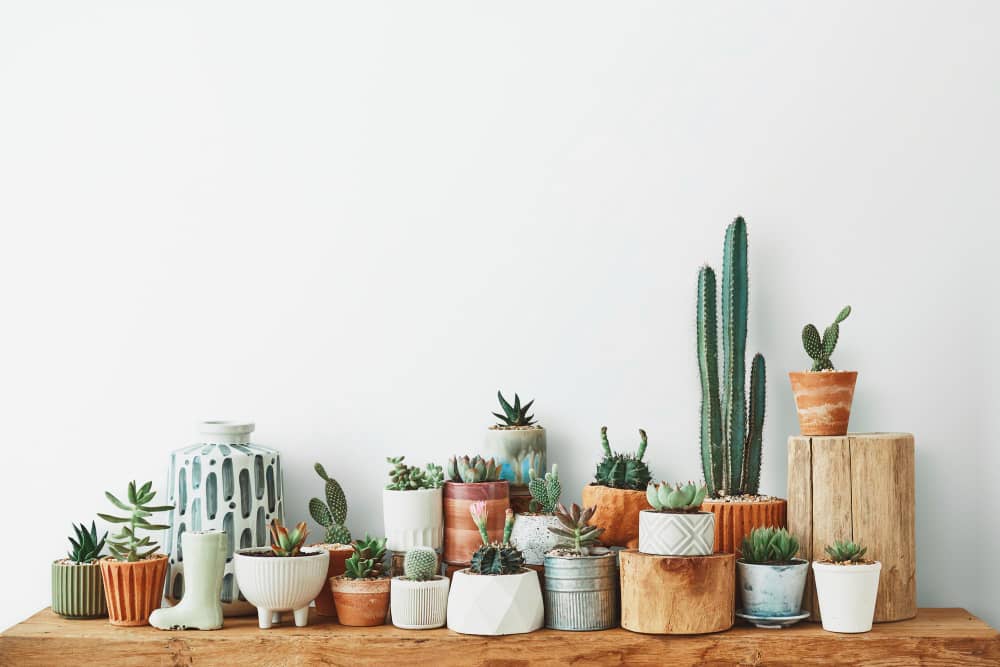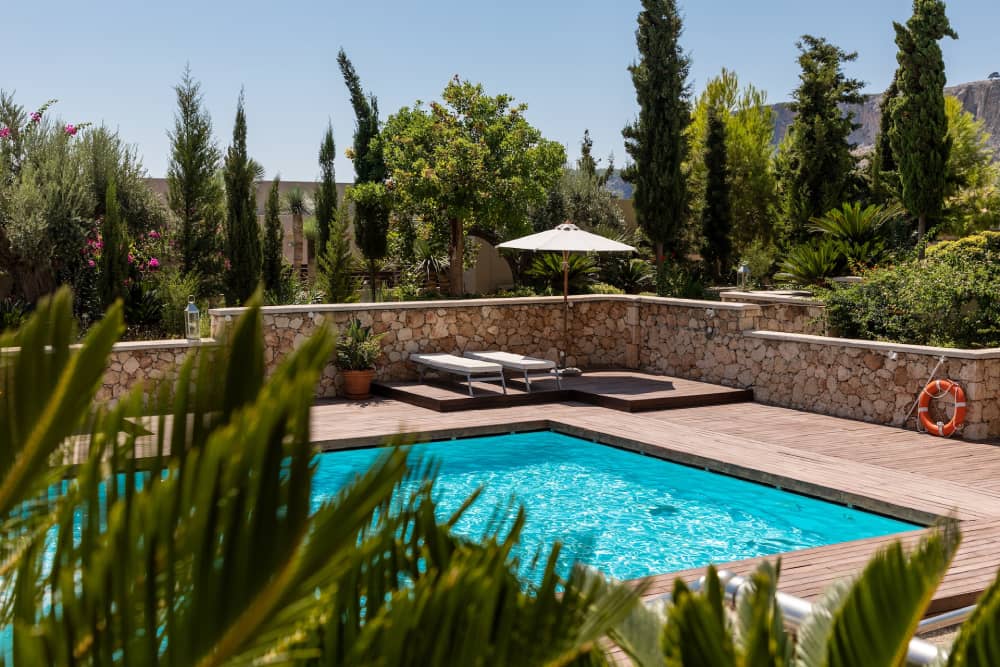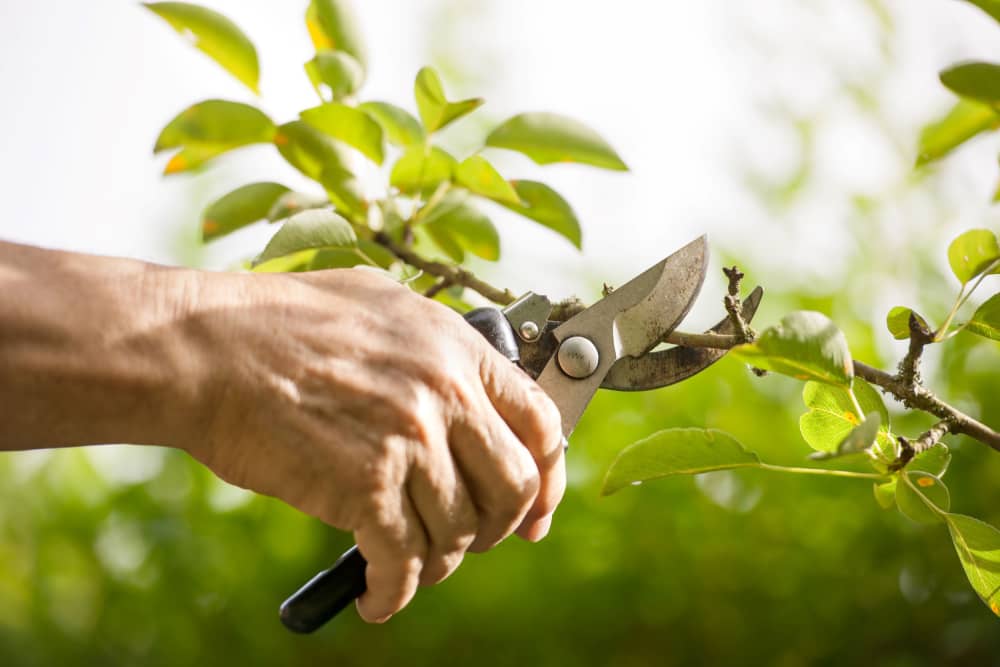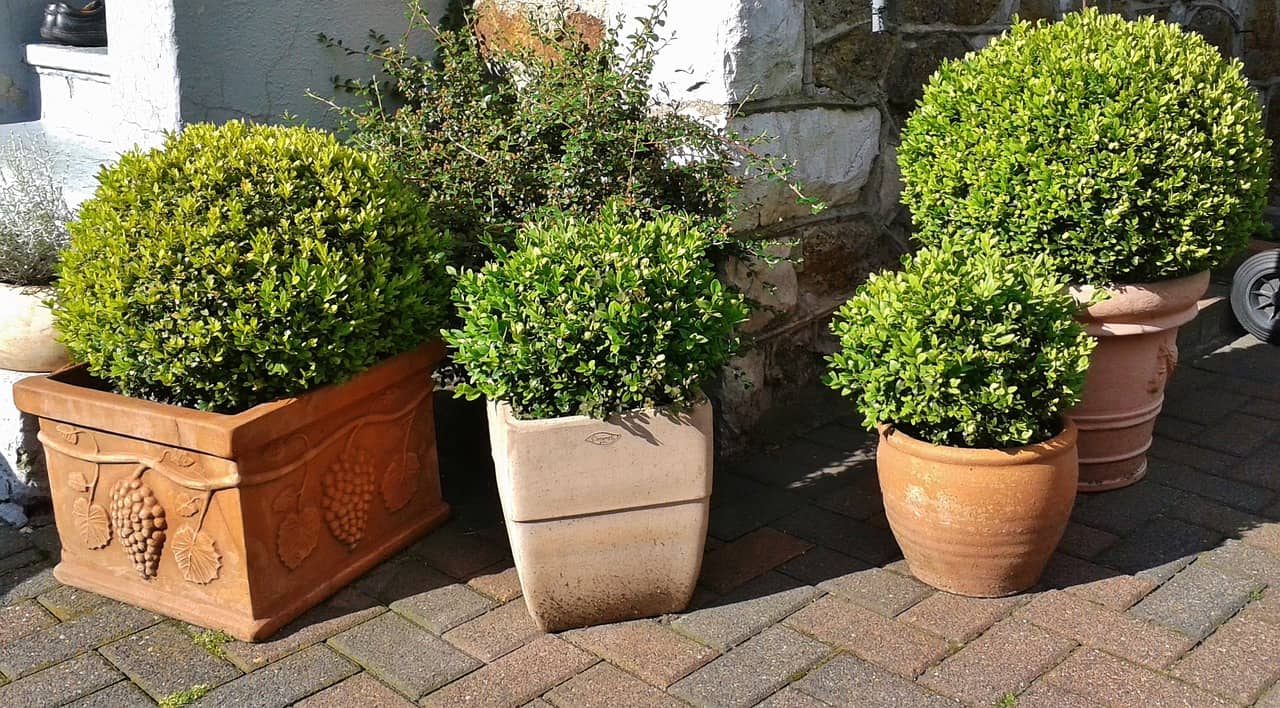Best Types of Cactus For Your Home: When it comes to a low-maintenance factory, it doesn’t get more extreme than a cactus. As palatable, meaning they collect water in the stems or leaves, cacti are made for drought, but not everything makes them special. Unlike other succulents and all other plants, for that matter, members of the Cactaceae family have tiny lumps and some cool abilities outside the plant. The areole is responsible for rotating the cactus’s distinctive spines, flowers, branches, and leaves, giving the cactus species thousands of panoramic forms.
Types of Cactus In Deserts
Cactus types run from indigenous deserts, such as the saguaro, a tall tree-like saguaro, a pointed silhouette believed by the Sonoran deserts in the southwest US and Mexico, and the Piara-a star cactus that this cactus looks like little. Flower sea urchin), for tropical types, such as the Christmas cactus, did you know that this favorite holiday originated in the Brazilian jungle that blooms?
In the park, cactus is cultivated in a container unless you live in the same climate as your native. Kiat Our cactus park will answer all your questions in winter, in containers, watering, and at home. Many cactus plants also adapt well to decoration plants.
When planting desert cactus indoors, the New York Botanic Garden (NYBG) advises keeping them in the brightest spot in your home, regularly turning the pots to maintain the plant’s shape, if necessary. Artificial lights only add autumn watering, and winter keeps the plants. Shrink. Tropical types vary a bit but don’t worry you’ll find a relationship with the care of tropical species on our list.
Best Types of Cactus You Can Grow at Home
Rickrack Cactus:
How could we not love a cactus with a family name after one of our favorite country trims? According to blogger Brittany Goldwyn, this cactus prefers bright, indirect light, the native Mexican rainforest.
Fairy Castle Cactus:
Who knows that cactus could be whimsical? The separate stems resemble palace fortresses, making it the perfect addition to every eccentric park. This slow-growing cactus can reach heights of up to 6 feet. The Castle Perry cactus rarely produces flowers – they are often sold with artificial blooms. Apply in a place where it gets a lot of sunlight.
Saguaro Cactus:
A tree-like saguaro cactus is native Sonoran desert only and can live up to 200 years. A slow growth rate of about an inch per year during the first eight years of its life makes it possible to grow in spaces that receive enough direct light.
Christmas Cactus:
With the right treatment, the bright pink flowers of the Christmas cactus will return year after year during the holiday season. Native to Brazil, this tropical cactus grew among trees and stones. Along with its cousins, including the Thanksgiving cactus, the Christmas cactus prefers a humid environment and requires more water than the desert type. Also, be sure to provide bright, indirect light, never direct sunlight.
Star Cactus:
Star cactus, also called sea urchin cactus or starfish cactus is a small plant ideal for a roomy water garden. A yellow or white flower is the showstopper in this pretty cactus. Apply where it gets a lot of sunlight.
Rabbit ears:
The bunny ear, or fairy feather, cactus is a popular choice for its funny shape. This plant doesn’t have a backbone like a traditional cactus, but it’s not meant to be bitter. Glossy with the short and hairy thorns that give her polka talk, she can still put you through. Give your rabbit ears plenty of sun to grow.
Moon Cactus:
Moon cactus is a popular addition to the water garden because of its bright color. Hybrid plants are two types of cacti grouped and have a shorter lifespan than other cacti. According to gardener Ron Finley, an expert who teaches a series of master classes, protect this plant from a spot that will get indirect light, as too much light can directly damage it.
Easter Cactus:
The Easter cactus blooms in early spring, but the green part makes for attractive plants throughout the year even without the bright flowers. Like other holiday cacti, the Easter cactus prefers bright light but not direct sunlight, which will burn the leaves.
Ladyfinger Cactus:
Ladyfinger cactus, also known as gold-less cactus, is a delicious addition to the gardenias. This small cactus is only 6 inches tall and blooms with white flowers. Place it near a southern layered window in the Northern Hemisphere with direct or indirect light.
Prickly Pear Cactus:
There are several species of prickly pear cactus, but they are all part of the genus Opuntia. This cactus species, instigated by the common name prickly pear cactus, can grow over 20 feet in nature. When agriculture is done indoors, most prickly pear cactus varieties grow to be smaller than a foot.
Cathhop cactus is like an ear cactus due to the shape of the stem pads. They produce pink or red fruit that is popular in Mexico on the trunk, known as tuna. The prickly pear cactus is in full sun in your window at home. You can water them once or twice a month, and they do their best on sandy land or gravel that drains well.
Bunny Ears:
This lovely cactus is preferred for growing indoors and outdoors in the Southwest. Unlike the star cactus, the Ars cactus has grown to a large size. Depending on treatment and age, you can expect the height of this clamp to increase to six feet and the width to three feet.
Parents looking for a large cactus that attracts will love the ears. This character has no spine, but they have a puncture. When properly treated, you can expect a small amount of milk yellow flowers, followed by deep purple fruit.
The Bani Ears cacti are the main sun lover, so you’ll need a day for these cacti to bloom. To ensure you get the flowers you want, you need to have a room temperature between 55 and 100 degrees Fahrenheit.
Winding Up:
Having various floral species in your home is essential to give a vibrant color. In this article, we made sure to detail the types of cactus and their features. Understand the cactuses well before you plan to have them in your garden or home.















